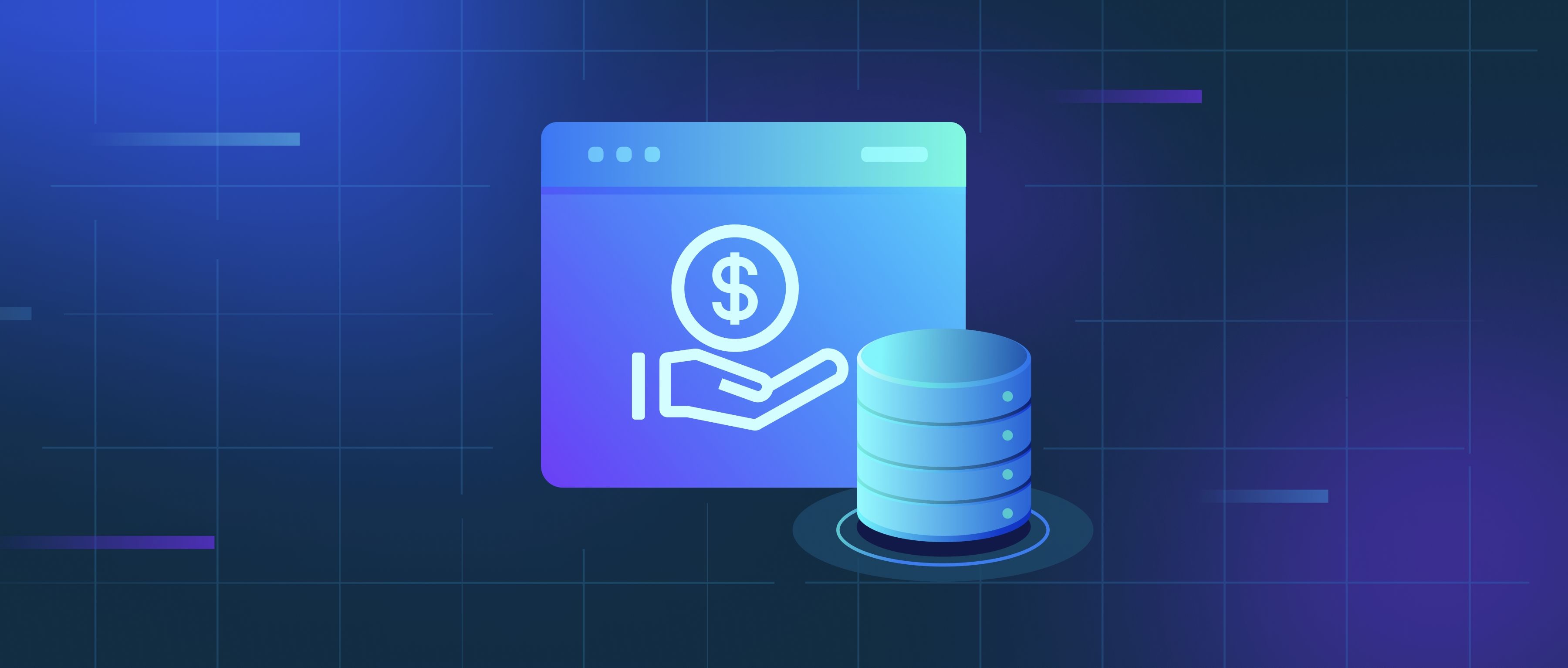ETL (Extract, Transform, Load) and ELT (Extract, Load, Transform) are data integration strategies that differ primarily in the order of operations and where transformations occur. In ETL, data is first extracted from source systems, transformed into a predefined structure (e.g., cleaned, aggregated, or standardized), and then loaded into a target database or warehouse. This approach is ideal when the target system has limited processing power, as transformations are handled externally. ELT, by contrast, loads raw data directly into the target system first, leveraging its computational power to perform transformations afterward. This shift in sequence is enabled by modern cloud-based data platforms (like Snowflake or BigQuery) that can efficiently process large datasets.
A key distinction lies in their use cases and tooling. ETL is often used with structured data and legacy systems where strict schema requirements exist. For example, a financial institution might use ETL to aggregate transaction data from multiple branches, applying validation rules and formatting before loading it into a centralized warehouse. Tools like Informatica or Microsoft SSIS are common here. ELT, however, suits scenarios involving unstructured or semi-structured data (e.g., JSON logs, IoT sensor streams) where flexibility is critical. A tech company might ingest raw user activity logs into a cloud data lake using AWS Glue, then transform the data in-place using SQL or Python. ELT avoids upfront schema design, allowing teams to iterate on transformations as needs evolve.
The choice between ETL and ELT also impacts infrastructure and workflows. ETL requires robust middleware for transformation, which can become a bottleneck with large datasets. However, it minimizes storage costs in the target system since only processed data is stored. ELT relies on the scalability of modern data platforms, trading potentially higher storage costs (due to retaining raw data) for faster ingestion and on-demand processing. For instance, a healthcare provider using ELT might load raw patient records into a cloud warehouse and later apply HIPAA-compliant anonymization, avoiding reprocessing from sources. While ETL enforces stricter governance upfront, ELT demands robust access controls and auditing for raw data. Developers often prefer ELT for its agility with modern data stacks, while ETL remains relevant for legacy systems or regulated industries needing predefined data structures.
